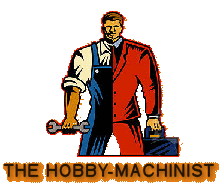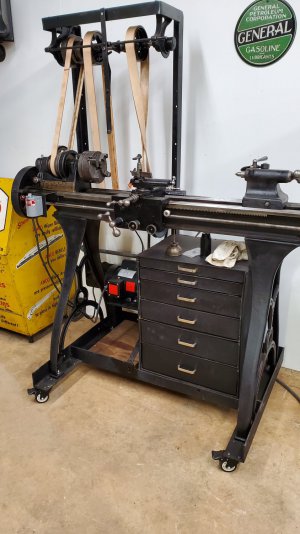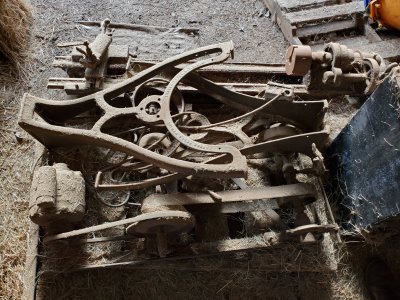- Joined
- Apr 14, 2014
- Messages
- 3,153
You might want to make a post in the”Antique Machinery and History” forum on the Practical Machinists board. There are several people over there that have Seneca Falls machines. I was missing a change gear for my 9” machine and was able to purchase a spare from a member there.
From time to time I also see listings for change gears on eBay. You might consider doing a search there and save it. If something comes up within your search parameters you’ll get a notification.
If all else fails you might be able to find the gears or blanks from an industrial supplier like Boston Gear. They have a comprehensive online catalog at bostongear.com
From time to time I also see listings for change gears on eBay. You might consider doing a search there and save it. If something comes up within your search parameters you’ll get a notification.
If all else fails you might be able to find the gears or blanks from an industrial supplier like Boston Gear. They have a comprehensive online catalog at bostongear.com




